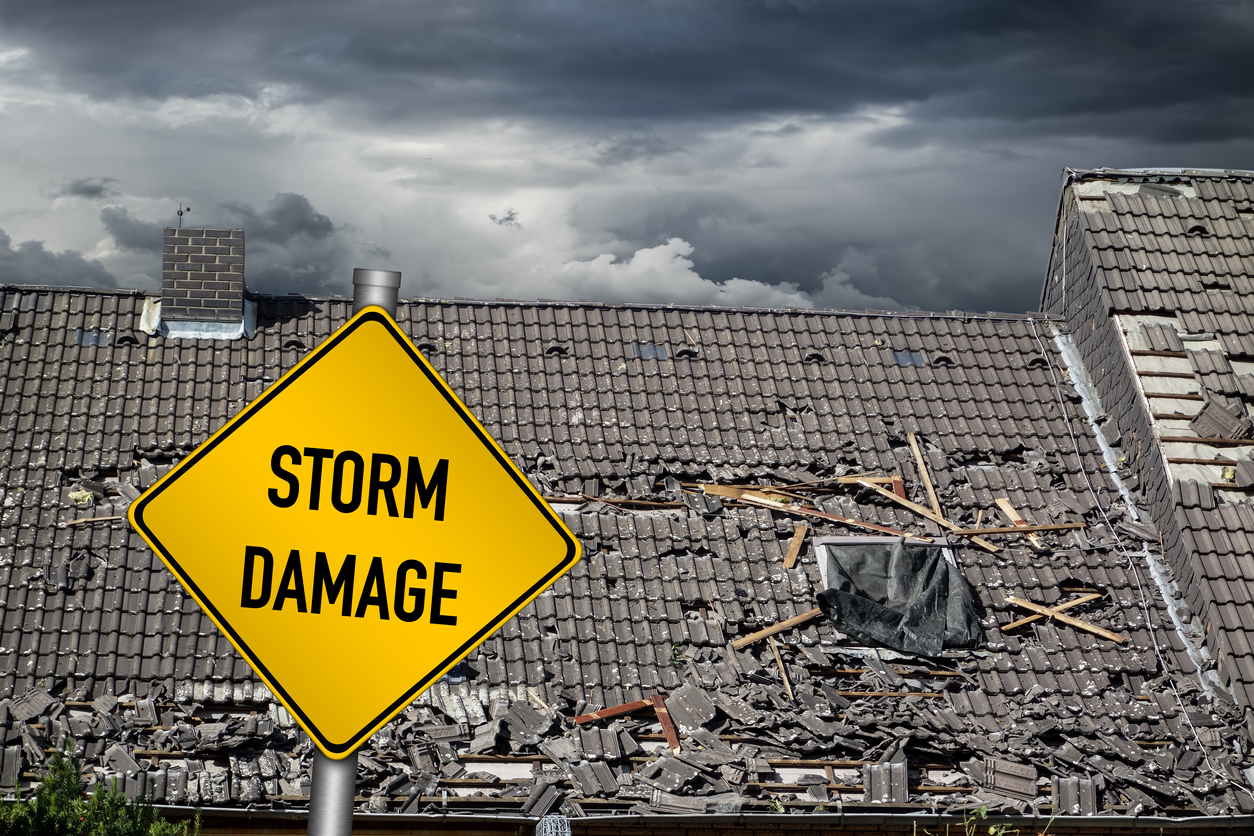Contractor Testimony About Wind Causing Damage Allowing Rain to Enter a Building Is Important

A recent Florida case shows why it is important to obtain information from those doing the repair and mitigation efforts following a loss.1 This is now a very common claims scenario where the home or business sustains water damage following a storm, and the insurance company obtains an engineering report that says the storm did not cause the water intrusion.
The court noted the reason for denial of the claim:
The claim rejection letter explained that Citizens’ policy does not cover damages caused by wear and tear, but provides coverage for ‘direct physical loss to property described in Coverages A and B only if that loss is a physical loss to property’ and excludes coverage for loss caused by ‘[r]ain, snow, sleet, sand or dust to the interior of a building,’ and that there is no coverage “unless a covered peril first damages the building causing an opening in a roof or wall and the rain, snow, sleet, sand or dust enters through this opening.
The court noted that the policyholders hired a licensed contractor who supported the theory that the storm created an opening that allowed rain to enter the building:
The Homeowners engaged Steven Delgado, a licensed contractor, to inspect the property and provide expert testimony in the case. Mr. Delgado filed his affidavit in opposition to summary judgment, his inspection report, photos, as well as his extensive resumé. In his affidavit, Mr. Delgado stated, in pertinent part,
Insured’s Property is a single-family home. The roof consisted of a wood-framed structure, covered with asphaltic shingles. During a hurricane, severe winds can lift shingles and flashings causing damage to the underlayment in the form of small openings which allow of [sic] water to enter the property. These high winds can also break the seals which fasten the shingles together, which can similarly cause wind created openings in the underlayment, leading to rainwater intrusion.
During my inspection and review of the claim documents referenced in Paragraph 5 of this affidavit, I observed significant damage to the roofing system and significant water intrusion through the roof. I observed loose shingles which were most likely damaged during Hurricane Irma allowing for high winds and airborne debris to create small openings allowing for water intrusion. My observations are consistent with roof damage caused by a severe windstorm event such as Hurricane Irma.
The court underscored a prior decision also involving Citizens property insurance where the affidavit of the policyholder’s contractor was sufficient to create a triable fact for a jury to determine what caused the water damage:
The insured opposed summary judgment relying on an affidavit, inspection report, and deposition of its general contractor, who ultimately concluded that the roof leaks resulted from micro fissures in the roof caused by strong wind gusts and wind-driven rain during the November 2015 thunderstorm. The trial court determined that the evidence relied upon by the insured was insufficient to withstand summary judgment as to whether a covered peril caused an opening in the building’s roof and entered final judgment in favor of the insurer.
Similarly, the current case also found that the contractor’s affidavit was sufficient to allow the matter to go before a jury.
Thought For The Day
When I bid out our construction projects, I call contractors personally to close the deal and get the best price or enhance the scope of their deliverable. You don’t get what you don’t ask for.
—Ivanka Trump
________________________________
1 Morales v. Citizens Prop. Ins. Corp., No. 3D21-276 (Fla. 3rd DCA Mar. 16, 2022).







